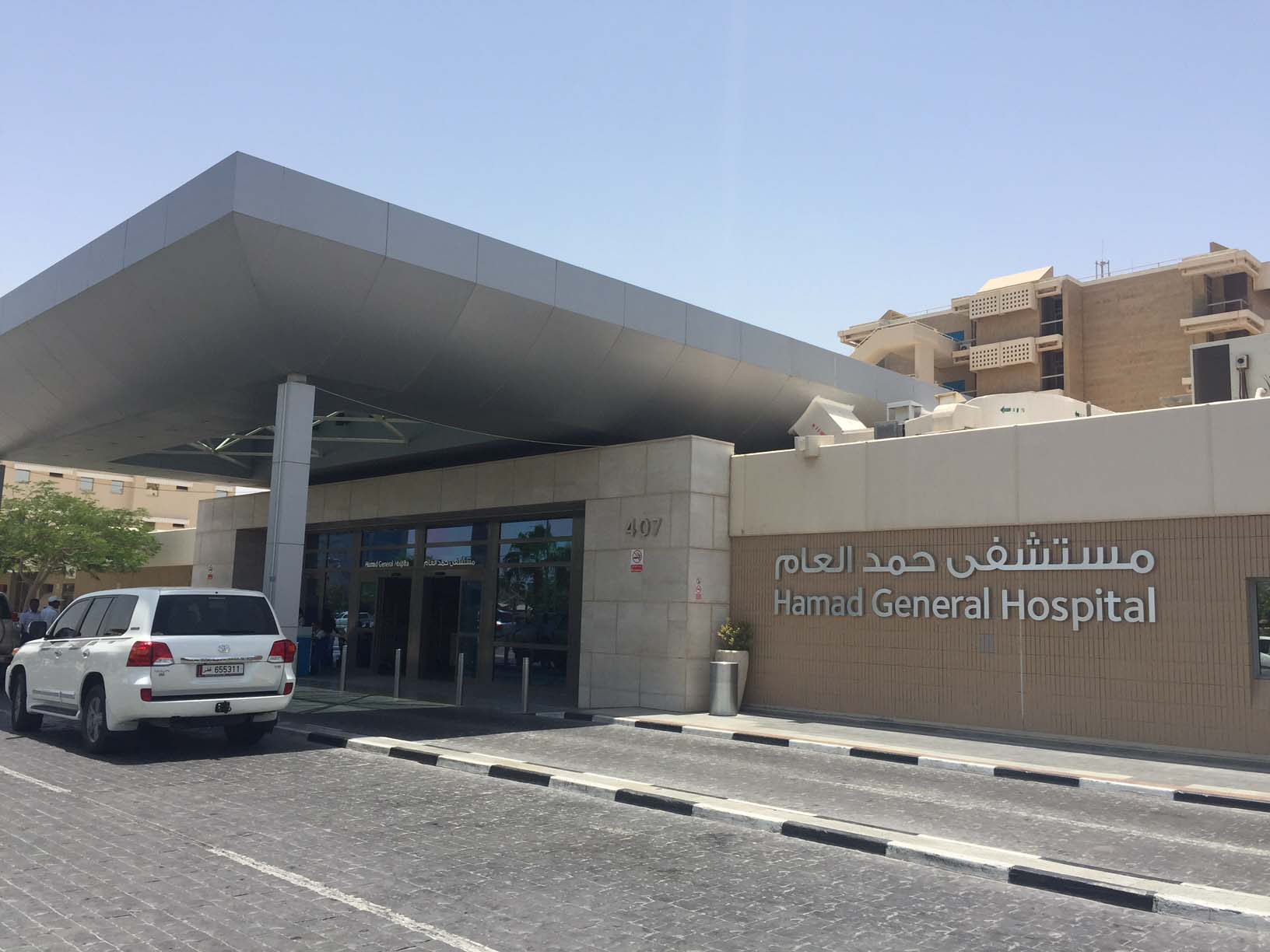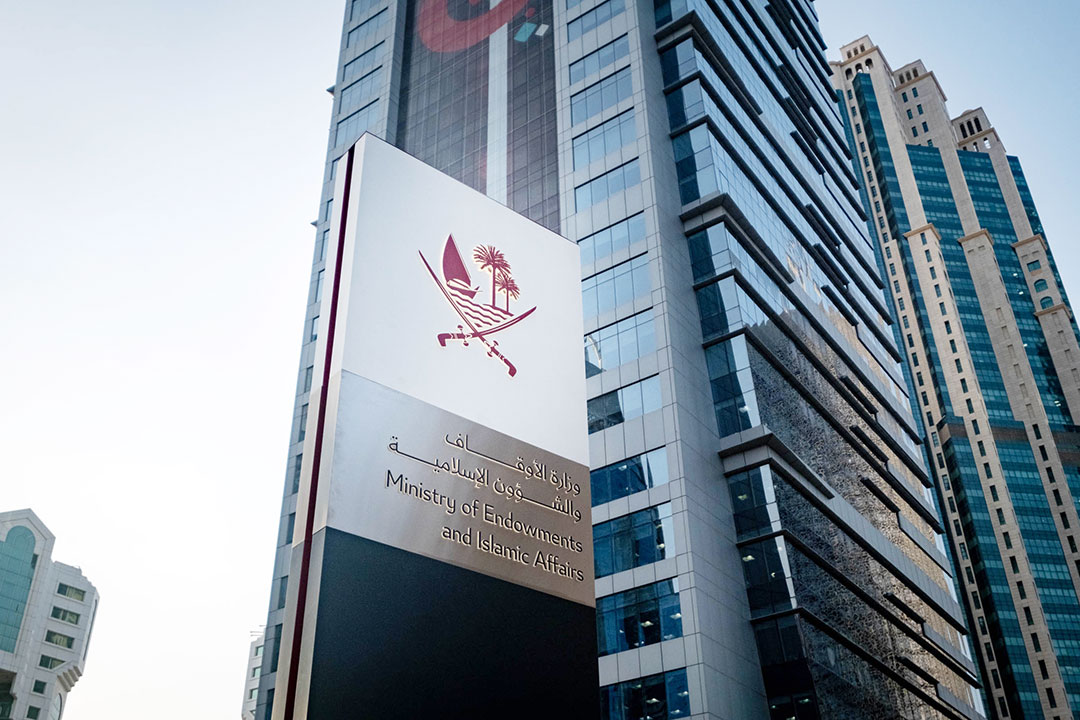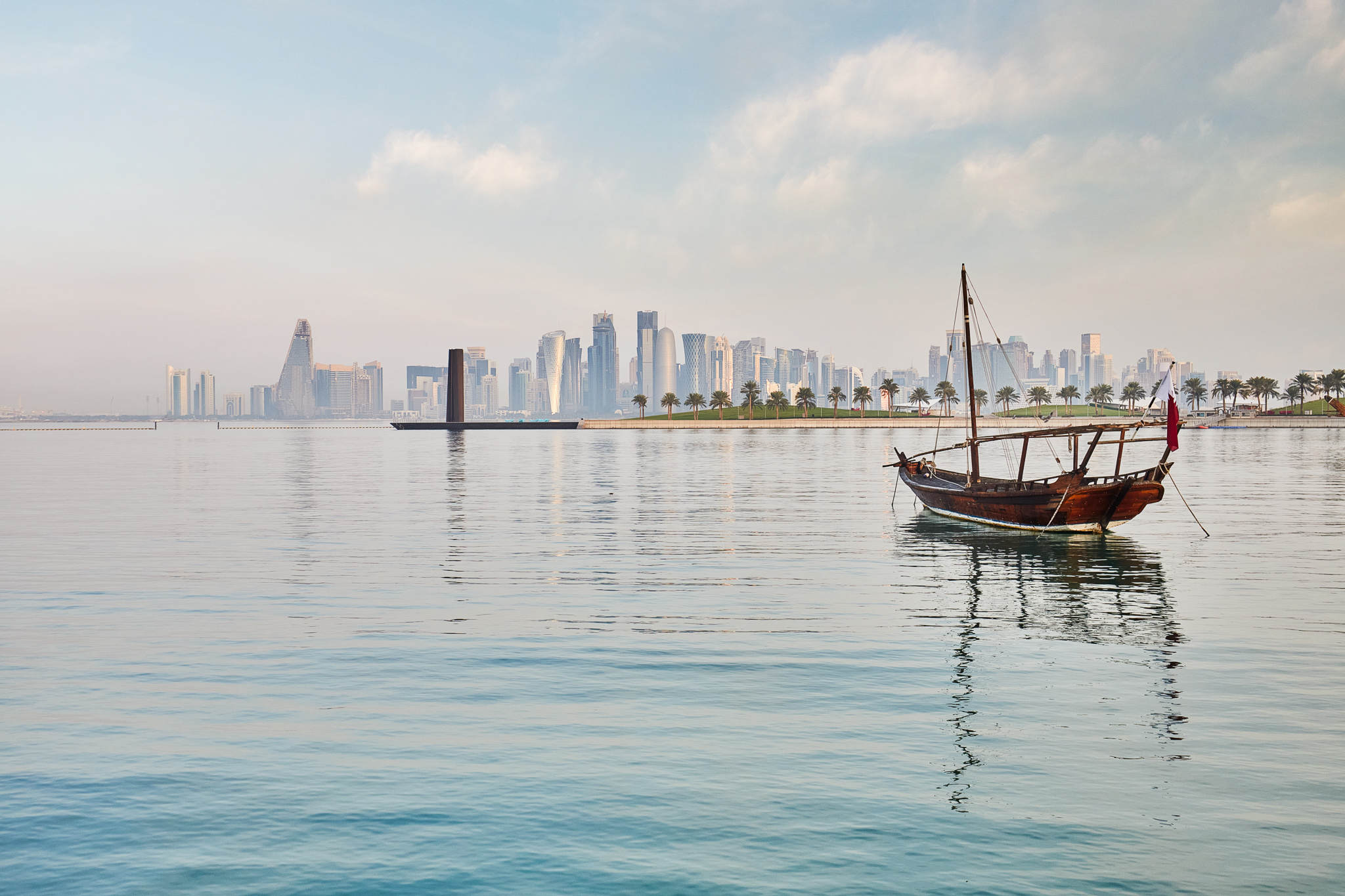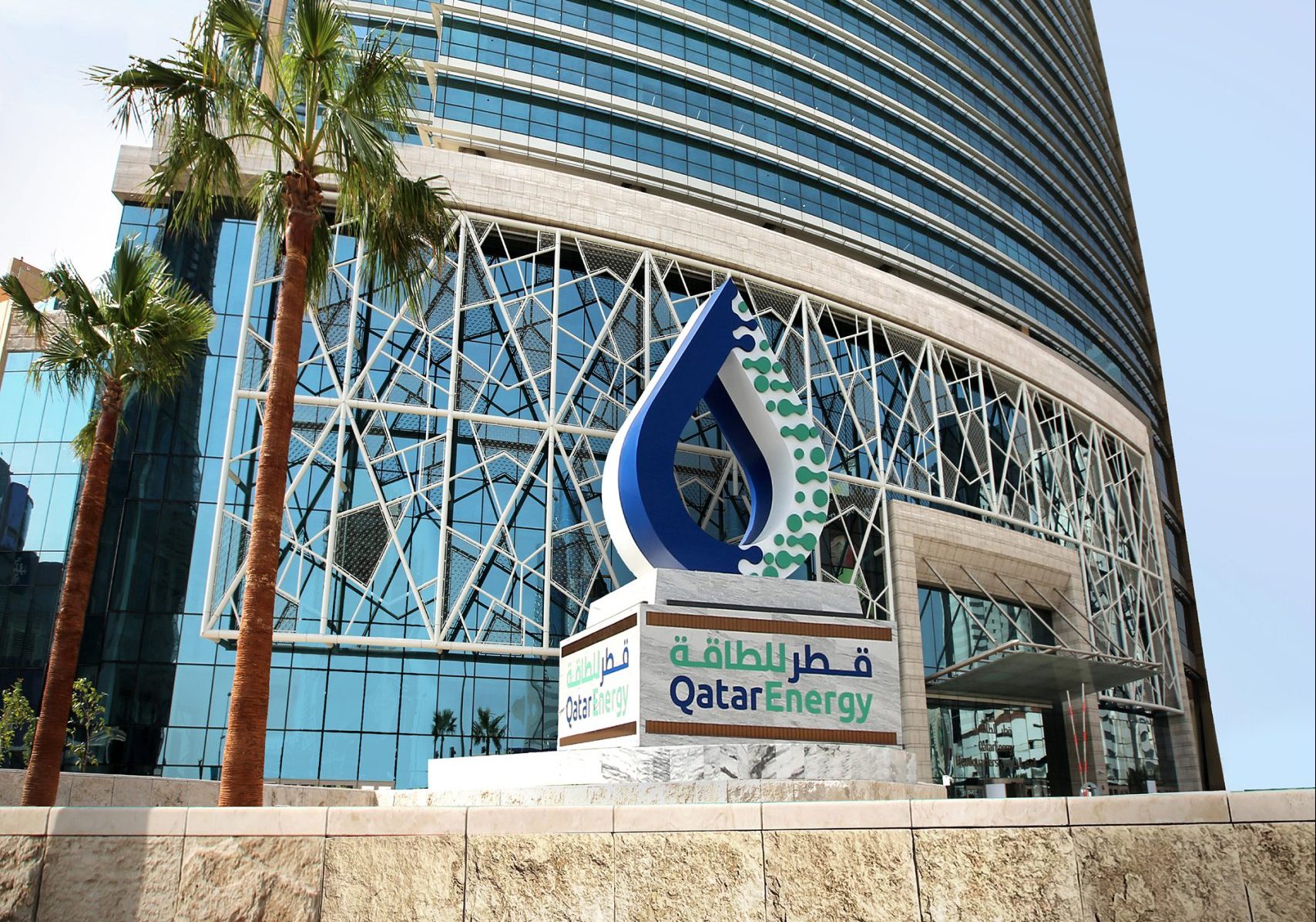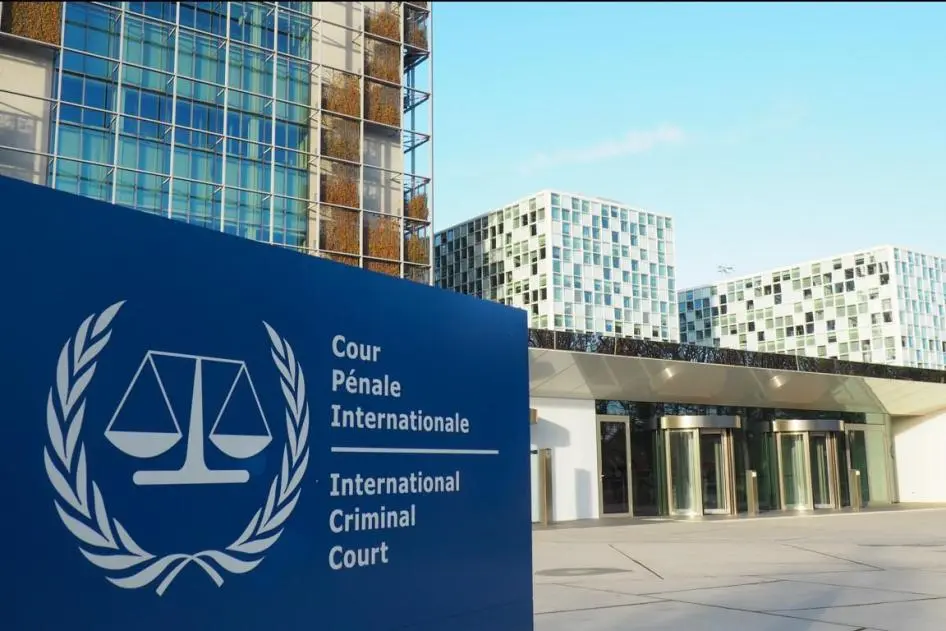
Two men hospitalized after last week’s fire in a Qatar housing complex have died as a result of their injuries, bringing the death toll so far to 13 people.
The men died on Sunday, sources close to the incident told Doha News. No information has yet been released on their nationalities or ages.
The victims had been receiving treatment at Hamad General Hospital following the fire. All those who died had been badly burned, making identification difficult, medical sources said.
Some 10 more men were also injured in the incident and some are still in the hospital, but the extent of their injuries are not known.
The hospital authority, Hamad Medical Corp, previously said it was unable to comment, referring queries to the Ministry of Interior (MOI). The MOI has not responded to requests for comment.

The MOI announced the initial deaths on Thursday night, and on Saturday, Qatar’s Prime Minister Sheikh Abdullah bin Nasser bin Khalifa Al-Thani visited some of the injured men in Hamad General Hospital.
But nearly a week after the fatal incident, no further information on the incident has been officially released.
Beach resort
The fire broke out at a labor camp in the Al Areeq region, near the Qatar-Saudi border, last Wednesday evening.
The men living in the housing complex were working on a massive waterfront tourism development that includes a shopping mall and Hilton hotel some 100km outside of Doha.

Qatar-based contractors Al Ali Engineering Co. is involved in the construction of the project. It has not responded to repeated requests for a comment.
A Hilton spokesperson previously said in a statement they were “saddened” about the incident and that an investigation is under way.
It is not known if the men were working on construction of the hotel or another part of the resort.
According to the engineering firm’s website, the project is being built for the Private Engineering Office (PEO), which is a government entity connected to the Emiri Diwan.
Camp concerns
The blaze has again raised concerns about the living standards of many of Qatar’s low-income workers, who are typically housed in labor camps outside of the capital.

Human rights groups and international media have repeatedly documented cases where workers are living in dormitories with poor sanitation and hygiene.
Following last week’s fire, Sharan Burrow, general secretary of the International Trade Union Confederation (ITUC), said in a statement:
“Open cooking plates, faulty electrical wiring, gas bottles where they shouldn’t be – these are hazards that those who are forced to live in labor camps have to face each day, on top of their often dangerous and unhealthy working environment.
“The construction companies and global brands such as Hilton cannot escape their responsibility to workers who are trapped in Qatar without rights. Huge profits are being made on the back of modern slavery, and another 11 lives have been lost simply because Qatar refuses to bring its laws into the modern era.”
Some government organizations, such as Qatar Foundation, Qatar Rail and local World Cup organizing committee the Supreme Committee for Delivery and Legacy require their contractors to sign a “workers’ charter” that outlines the minimum living and working conditions they should provide to their workforce.
These generally go above and beyond what is stipulated in Qatar’s labor laws, and include provisions about accommodation such as cap of four men per room and a properly-working air conditioning requirement.

Meanwhile, new accommodation is being built to improve standards for many workers in the country, such as Labor City – a development in Qatar’s Industrial Area which will ultimately house up to 100,000 men.
While surrounded by high walls and CCTV cameras, it has recreational facilities, green spaces and a medical clinic, as well as WiFi access and outdoor telephone booths.
Thoughts?

